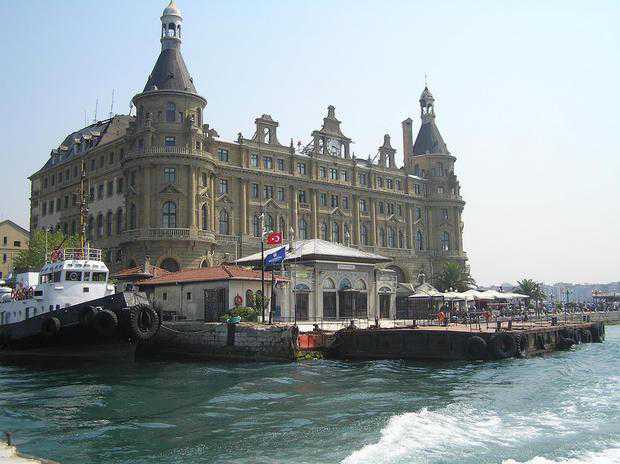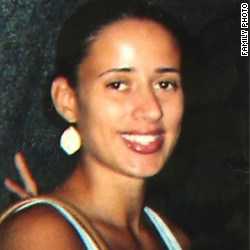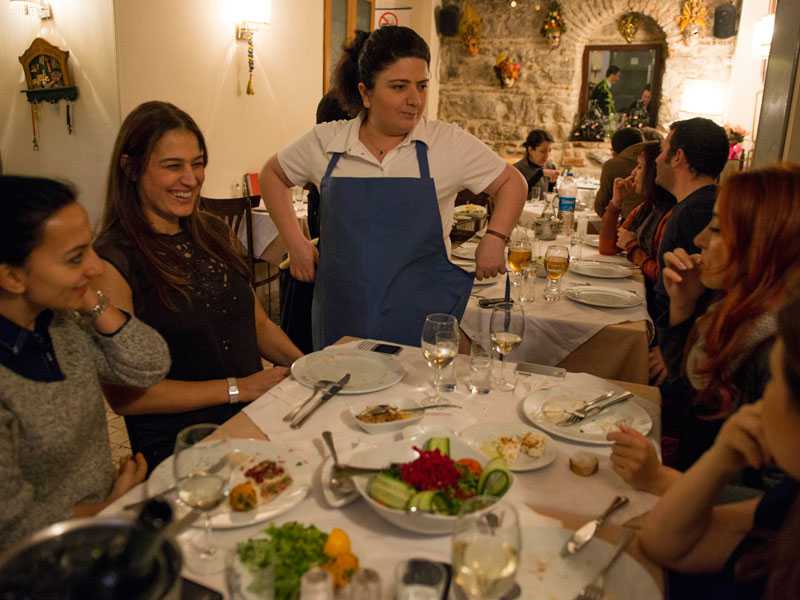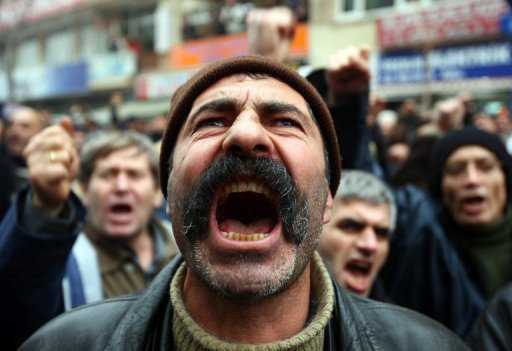If you want a metaphor for modern Istanbul, look no further than the Marmaray tunnel. It’s currently being dug under the Bosphorus to link Sirkeci Station, near the Grand Bazaar, with the ferry port of Uskudar on the Asian shore. The work will take three years to finish; maybe more because workmen keep discovering ancient objects that have to be removed and lovingly catalogued.

These objects aren’t just shards of pottery: they include the world’s oldest medieval galley, and the remains of a fourth-century port. How neat it is that the modern project linking east k and west Istanbul – but also linking Europe to Asia, and bringing the Western world closer to the Middle East – keeps tripping over its own awe-inspiring historical past.
Istanbul is undergoing an explosion that started in the 1980s, after years of anarchy and military rule in Turkey yielded to an economic boom followed by tidal waves of migration. In 2011, Turkey was named the fastest-growing economy in the world. Millions of peasants from Anatolia flooded into Istanbul, followed by Iraqis, Afghans, Russians, Moldovans, Armenians…
The city’s population has risen from three million to 15 million in the past 40 years. Investment money has poured in from the West. The streets have been cleaned up, new pedestrian precincts and parks introduced, business visitors welcomed without visas. The Western goods in the shops along Istiklal Caddesi (the Regent Street of Istanbul) are available to Russia’s well-heeled travellers who don’t want to go all the way to London or Paris. Visitors from Kuwait and Dubai can buy designer clothes here, safe in the knowledge that they’re in an Islamic country. No wonder Istanbul is the most popular kid on the 21st-century global block.
But of course, the city is also fantastically old. Its streets and buildings echo with 2,000 years of conflict, invasion, plunder and (nervous) peace. It’s been the capital of not one but two world empires, the Byzantine and the Ottoman. And much of the old Imperial swagger remains.
Look, for example, at the Pera Palace, one of the world’s most gorgeous hotels, now part of the Jumeira Group. It was built in 1892 by the owners of the Orient Express, because they wanted an exceptionally grand hotel to house Western travellers at the end of their long, haute-luxe train ride. The Palace staff met the travellers at Sirkeci Station with sedan chairs to ferry them across the Galata Bridge to the hotel. The hotel stands all by itself like a beautiful, floodlit, gilded wedding cake. Its balconies overlook the Golden Horn sea and the mosques of Sultanahmet. Agatha Christie wrote Murder on the Orient Express in room 411, now renamed the Agatha Christie Suite; other rooms and suites are named after honoured guests from the 1920s: Hemingway, Pierre Loti, Garbo.
It is, I’m afraid, mandatory to spend a day gazing at the mosques and palaces of Sultanahmet. The Blue Mosque is gigantic and attended by six minarets. You have to queue for ages and discard your shoes to be rewarded by the awesome dignity of the interior with its huge columns and blue, Iznik tiles; the effect is slightly marred by an array of lights that dangle down from the roof and make an ugly cat’s cradle of wires.
Much more beautiful is the sixth-century Hagia Sophia, built by the emperor Justinian shortly after the fall of Rome. Originally Christian, it was nabbed by invading Ottoman Turk armies in 1453 and converted to a mosque. Today it is deconsecrated, but the past battles are reflected in the art – paintings of Christ and the Virgin Mary hang cheek-by-jowl with cartwheel-size wooden circles bearing angry scribbles of Islamic scripture. The dome is absolutely gorgeous, as are the mosaics.
Nearby, the Topkapi Palace offers up some relics of the old Sultanate (and of The Arabian Nights): rooms full of chalices, daggers, plates, jewellery, swords and rings, all crammed to bursting with rubies, emeralds and amethysts set in gold; and the warren of rooms in the Harem, where women were virtually imprisoned for life, where they plotted and schemed to become top concubine and tried not to fall foul of the chief black eunuch. There’s a uniquely spiced and claustrophobic atmosphere here, a ghastly whiff of ancient power struggles and blank terror.
You must take the ferry on a round-trip up the Bosphorus to where it spills into the immensity of the Black Sea. You must spend an afternoon (and probably too much money) getting lost in the roar and dazzle of the Grand Bazaar, whose grid-system aisles contain 1,000 bargains in towels, rugs, lamps, soap and incense. You must hang around Galata Bridge, watching the fishermen cramming every inch of casting space, and the shoe-shine guys scamming the tourists by offering free shines, then demanding 20 Turkish lira.
Inside Sirkeci Station, you can find a restaurant that’s a shrine to the Orient Express and to Ms Christie’s book – and next door, you can marvel at a display of five whirling dervishes, in their Mevlevi costumes of flowerpot hat (representing a tombstone) and wide white skirt (representing a shroud), performing the Sema Ceremony, of losing the self in order to find God.
Mostly, though, you must spend your time across the bridge in Beyoglu, the posh shopping, drinking and dining area. It’s the most Westernised district, where the groovy Istanbulites hang out. Fashionable bars and OK restaurants (the food in Istanbul isn’t great; there’s nowhere that deserves even one Michelin star) can be found around Galata Tower. An uphill walk brings you to streets of music shops and the super-cool Tunel, where everyone sits outside, drinks raki, chats and smokes half the night.
The Istiklal Caddesi begins here, a mile-long shopping mall. Ignore the dismayingly vulgar eateries and nip down the narrow alleyways to right and left. You’ll find fabulously pretty, Montmartre-style bistros with globe lamps, and rooftop hookah cafés. And you can wander for hours among the art shacks and antique shops of the Cukurcuma neighbourhood, where Orhan Pamuk, Turkey’s greatest writer, grew up.
It’s here that you’ll find the Museum of Innocence, an actual museum containing all the nostalgic details of a family’s history – toys, teacups, lamps, photographs, film posters, ashtrays, shoes – so lovingly described in The Museum of Innocence, Pamuk’s novel about an obsessive love affair. The museum is a unique and astonishing tribute by a writer to his hometown – a fitting compliment to the bustling, history-haunted mega-city of Istanbul.
John Walsh
Prolific writer and commentator John Walsh contributes columns to the paper as well as writing features, interviews and restaurant reviews. He has been editor of The Independent Magazine, literary editor of the Sunday Times and features editor of the London Evening Standard.
https://www.independent.co.uk/travel/middle-east/turkey-s-finest-istanbul-is-the-most-popular-kid-on-the-21stcentury-global-block-8473752.html
 For decades, the Istanbulers you’d find in the waterside Karakoy district were after one of four things: maritime equipment, electronic parts, fresh fish or prostitutes. But since the 2010 openings of two restaurants — Lokanta Maya and Bej, an impeccably decorated airy restaurant-bar known for its cocktails and brunch — the gray workaday docklands area has begun to attract a more stylish crowd with a more refined shopping list. A remarkable influx of young creative types, restaurateurs and hoteliers has followed, and now the odor of fish and salt air mingles with the scent of nouveau Turkish cuisine, and the sounds of boat horns and engines with jazzy and electro music from new cafes and design boutiques. Karakoy is finally seeing its ship come in.
For decades, the Istanbulers you’d find in the waterside Karakoy district were after one of four things: maritime equipment, electronic parts, fresh fish or prostitutes. But since the 2010 openings of two restaurants — Lokanta Maya and Bej, an impeccably decorated airy restaurant-bar known for its cocktails and brunch — the gray workaday docklands area has begun to attract a more stylish crowd with a more refined shopping list. A remarkable influx of young creative types, restaurateurs and hoteliers has followed, and now the odor of fish and salt air mingles with the scent of nouveau Turkish cuisine, and the sounds of boat horns and engines with jazzy and electro music from new cafes and design boutiques. Karakoy is finally seeing its ship come in.




